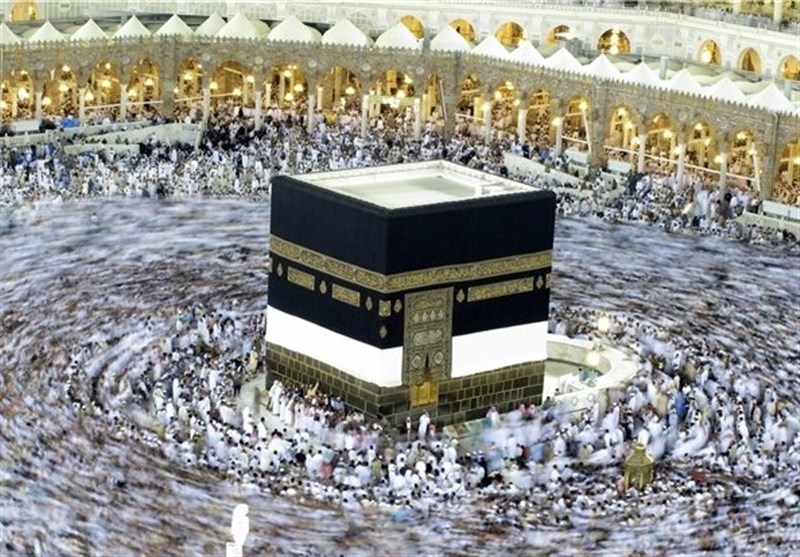In remarks on Tuesday, Akbar Rezaei said that negotiations with Saudi Arabia over the resumption of Umrah pilgrimage will be held after this year’s Hajj season.
He further expressed hope that the Saudi side would accept Iran’s conditions and a deal would be reached in this regard.
“Consular protection for our country’s pilgrims and (ensuring) their dignity and security are among our main conditions, which will be emphasized in the talks to resume Umrah pilgrimage,” he added.
The Umrah is a pilgrimage to Mecca performed by Muslims. Unlike the Hajj, which is also known as the “major Hajj pilgrimage”, it can be undertaken at any time of the year.
During a visit to Saudi Arabia in December 2018, Head of Iran’s Hajj and Pilgrimage Organization Alireza Rashidian held meetings with officials from the kingdom’s Ministry of Hajj and Umrah about the 2019 Hajj season.
The two sides signed an agreement at the conclusion of the meetings, aimed at making better arrangements for Iranian pilgrims and preventing the problems they faced in previous years.
The agreement stipulates that 86,500 Iranian pilgrims would go on pilgrimage to Saudi Arabia in the coming Hajj season.
In 2016, more than 1.8 million pilgrims attended Hajj, but Iranians stayed at home after tensions between Riyadh and Tehran boiled over following a deadly crush of people during the 2015 pilgrimage.
On September 2, 2015, thousands of people lost their lives in the deadly crush after Saudi authorities blocked a road in Mina during a ritual, forcing large crowds of pilgrims to collide.
The crush was the deadliest incident in the history of the pilgrimage. According to an Associated Press count based on official statements from the 36 countries that lost citizens in the disaster, more than 2,400 pilgrims were killed in the incident.
Saudi Arabia claims nearly 770 people were killed, but officials at Iran’s Hajj and Pilgrimage Organization say about 4,700 people, including over 460 Iranian pilgrims, lost their lives.
